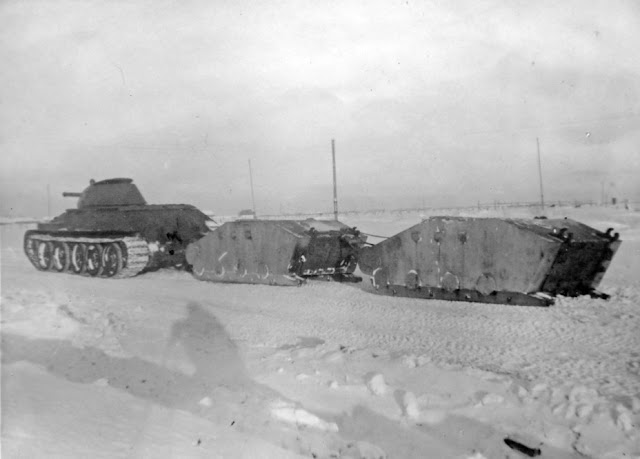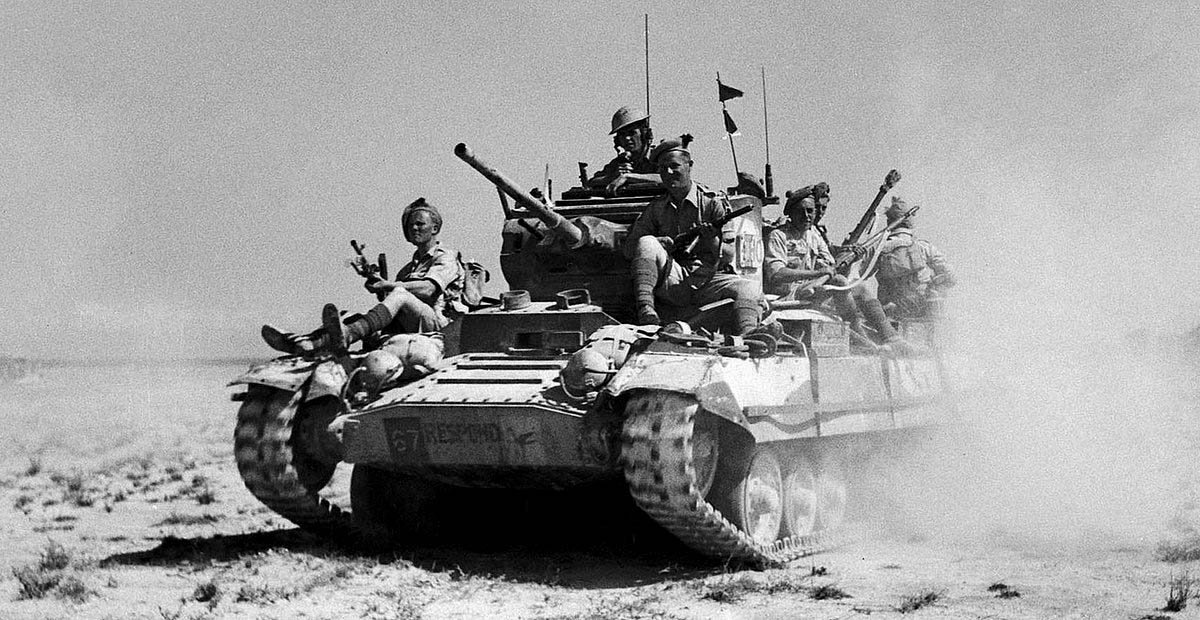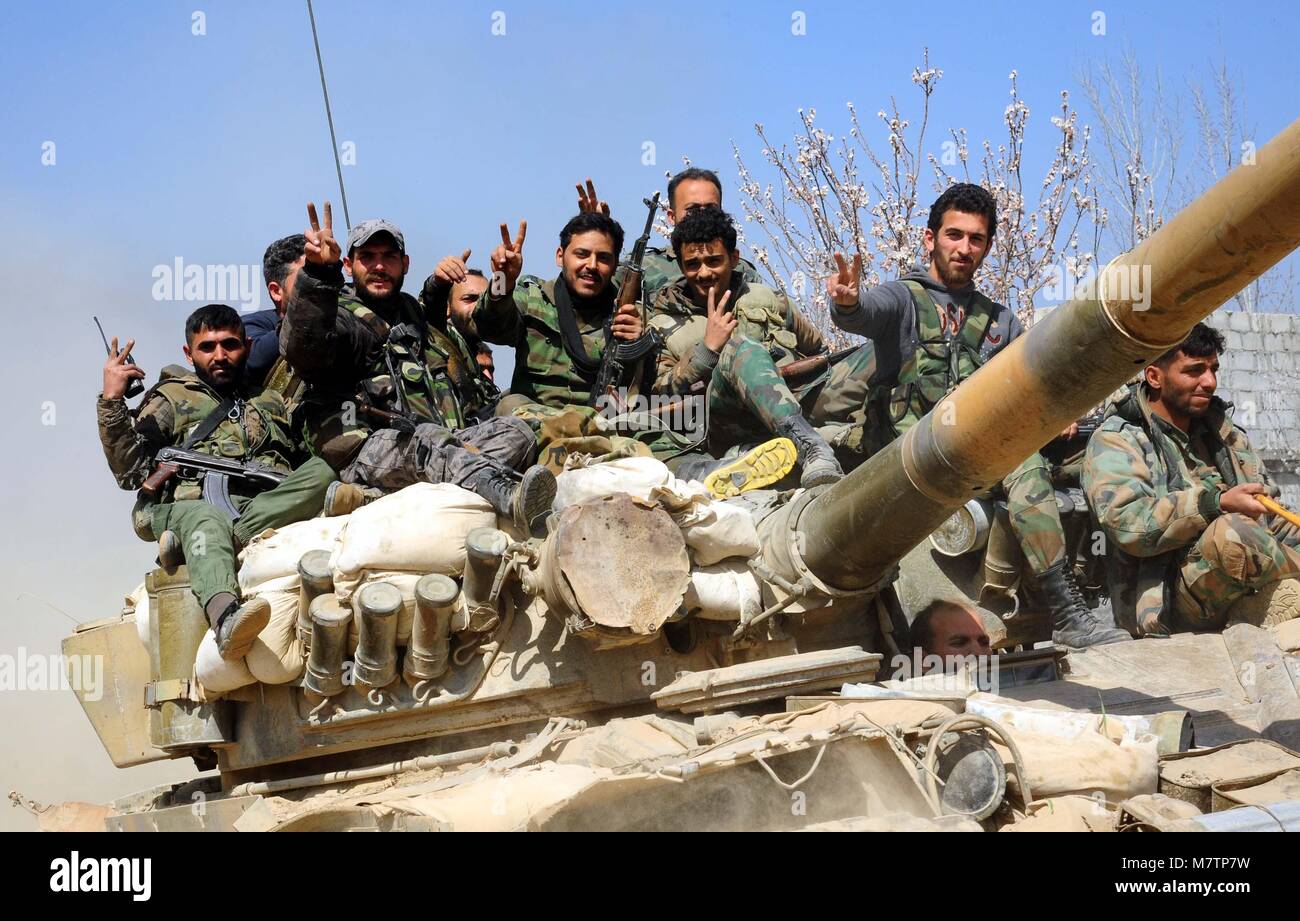Recently got the final report on Swiss trials of the Leopard 1A3 against a Pz 68 AA2. At the time it was considered to buy a foreign tank instead of a new batch of Pz 68s due to technical problems and other reasons. The report notes some of the improvements that were desired from/studied for future Pz 68 variants (most were not seen on OTL variants):
- improved stabs
- 105mm ammo with higher MV or 105 smoothbore gun with APFSDS or integration of HEAT
- ballistic computer, laser or correlation RF (the latter functions like an autofocus on a camera, and has some neat quirks)
- passive night sights
- reduced noise in turret
- hydrodynamic coupling of ventilator (10% greater performance)
- increased generator power
- bigger hatches
- skirts
- track with reduced vibrations
The 105mm smoothbore gun was likely the German design, which the Swiss expected to see available for Leopard 1 in 1978.
Swissified Leopard 1A3 at the trials. Only difference really were the radio, MGs, smoke dischargers, presence of Lyran illuminating grenade launcher, and sight markings.
While asking Andrew Hills (writer of tanks of TOG) for more info on Ricardo's concepts for H type tank diesels, he mentionned a letter from the SVDC (TOG) which had discussed a lot with the French to see what they were doing and what Britain and France could share or do together:
"regarding your french engines: French heavy tank engine projects included: twin 450hp Panhard & Levassor Vk12F4, twin 450hp Clerget engines, and the Renault 12 KGM 550hp for the FCM F1 and ARL Tracteur C tanks being developed at the time or the Aster Diesel (no details sorry). Source: Draft note on request from French Ministry of Munitions for engines, January 1940, Letter from SVDC to Monsieur L’Ingenieur Militaire Principal Lavirotte, dated 19th of January 1940, Letter from Monsieur Lavirotte to SVDC, dated 24th of January 1940"
With the 500hp Talbot V12, the 440-480hp Aster V12 diesel and the 500hp engine from the family ARL wanted to develop, this makes a whopping 6 potential engines in the 450-550hp range in development in France in 1939/40. France would have had no shortage of suitable engines foe mobile 30-40t tanks. Contrast with the UK of 1940having basically only the huge Paxman TP12 for the TOG, unsuitable for medium tanks, and the H engines which were basically exercises from Ricardo as he never got the go ahead. Only the US competed in terms of different options in the war, but quite few were Vees instead of problematic radials while most French engines here are Vees.
Also got the French AFV magazine article on the Somua S40. Things which may be of interest for IRL purposes are the ongoing studies which were not necessarily intended for the S40 and may have come later:
- additional 100L of fuel to extend range by 70km (might have been present on production vehicles because sources indicate either 410L or 510L total capacity). Quite nice as the SOMUA was one of the longer ranged petrol engined tanks of WW2.
- hydraulic controls for the gearbox and steering systems
The late SOMUA S35s and S40s also had a bunch of QoL improvements few people know about, like relocated radiators for better access to internals or revised fuel lines so both fuel tanks can be used all the time (one issue of S35s was that crews did not always know how to use the secondary fuel tank).
The interesting thing I noticed is that the engine of the SOMUA only ran at 2000 rpm at nominal rating, while most WW2 petrol engines (bar the Liberty and B1's older engine) ran at 2500 rpm or more. This explains the rather low output of the engine, which only provides 220hp out of 13.7L while the 12L HL120 does 265/272hp even at the derated setting. There was certainly room to improve the French engine by upping the rpm, which would give a decent power increase to accomodate greater weight on alternate future SOMUA variants (like one with 60mm of armor, which was a likely future requirement for French cavalry tanks).







